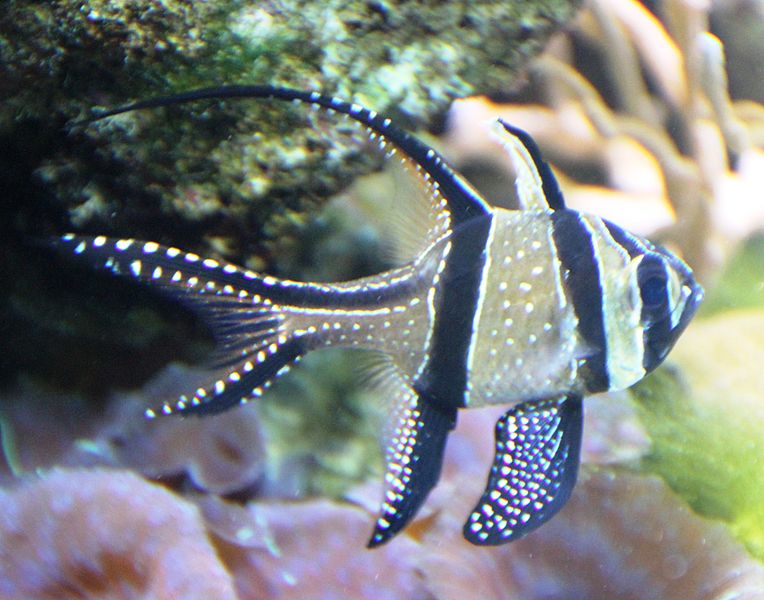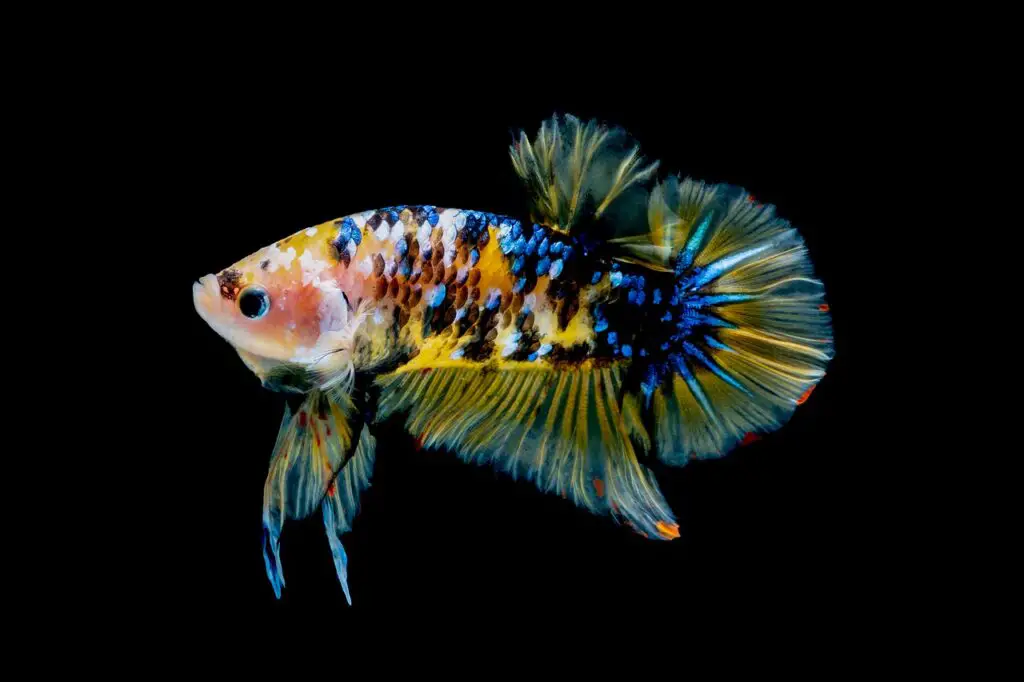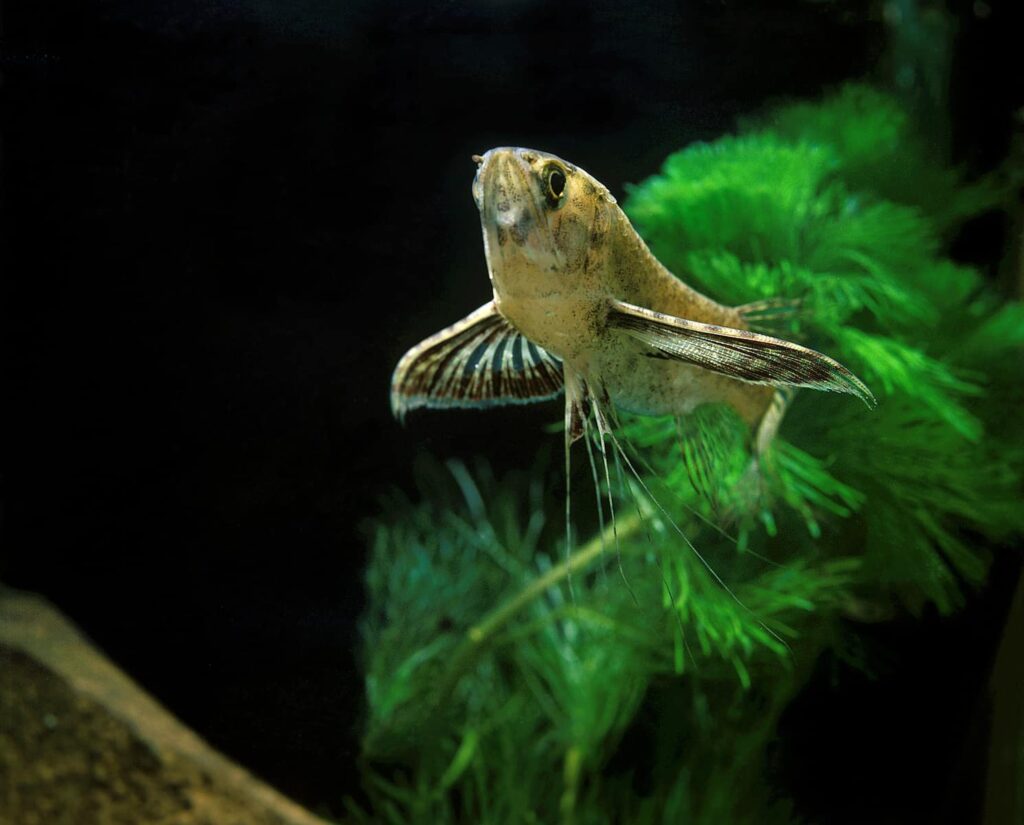Breeding banggai cardinalfish is surprisingly simple – you need a mating pair – and that tends to be the most difficult step. However, they are very particular in their needs and demands, meaning you must take the time to carefully cater to their needs. What’s more, given how limited the banggai cardinalfish populations are becoming in the wild, more and more people are interested in keeping their own. What’s more, it is becoming increasingly popular to breed your own banggai fish because of the lower numbers.
This may actually be an ideal solution for their dwindling numbers and will hopefully lead to lower demand for wild species. With that in mind, how do you breed banggai cardinalfish? Of course, the first thing that you will need to do is find a pair that can mate. Sadly, that is not as easy as it may sound, as male and female do look eerily similar. Experts look for differences in the jawlines and the dorsal fins. However, that can be difficult to discern, even if you are experienced.
An easier way of determining whether a pair of banggai cardinalfish can be mated is whether they have already paired off in the tank. Males rarely get along together, so if you notice two sticking together and even notice slight physical differences, then the chances are that you already have a perfect pair.
In order to ensure that you will get a mating pair, you could always adopt four cardinalfish and wait for them to choose their mates. However, this can be a dangerous and much longer process. Depending on the size of your tank, the two males could end up fighting over territory and potentially kill each other even. It is, therefore, best to observe them before acquiring them.
Are banggai cardinalfish schooling fish?
Banggai cardinalfish are not considered a schooling species. Schooling fish are those species that swim in the same direction, even in the same patterns. While the term ‘school of fish’ is often used to describe groups of banggai, they are not actually schooling at all.
In some cases, usually when bred in captivity, banggai cardinalfish can be kept in groups in the same tank. However, banggai cardinalfish are very territorial and do not work too well in groups. In fact, males specifically that are kept in proximity are likely to be aggressive towards one another and even to kill each other. Therefore, in order for fish to be able to school together, i.e. move in harmonious patterns, in the same direction, they would need a very different temperament – the cardinalfish simply doesn’t fit the profile.
That being said, if you do have a mating pair, then they are likely to spend quite a lot of time in each other’s company, often going the same way. However, that is usually to do with their mating and relationship rather than actually doing a natural grouping technique. If you’re considering adopting a schooling fish, banggai are possibly going to be the opposite species of that which you are looking for – as they tend to cope very well on their own.
What do you feed banggai cardinalfish?
As you may know, banggai cardinalfish are carnivorous, therefore, they need a rich diet full of meat and added vitamins. Some of the best foods for them include brine shrimp, krill, cockles, mysis shrimp, and even clam meat. You’ll be able to source a variety of frozen and even live food to give to your banggai – and variety is a must, too, to prevent your fish from getting bored and snaffling up smaller species in the same tank!
In the wild, they usually eat at night. This means that to be well-kept in captivity, they will need to be fed at night, too. They will, however, need feeding three times a day – so be sure to space out the snacks for your banggai – trust us, they would thank you for it if they could!
Avoid feeding banggai anything in flake or pellet form, as they are not likely to take to it – and will avoid such treats, which could cause them to enter starvation mode. You can eventually, over time, entice them into trying the pellet food, however, the best and most nutritious form of food for them is fresh, or at the very least, frozen meat. Again, this isn’t too difficult to come by, and you will likely find such options in your local fish food retailers.
Are banggai cardinalfish nocturnal?
No – like us, banggai cardinalfish sleep at night and are generally active during the day. Beyond this, when it comes to understanding a banggai cardinalfish’s daily routines, it can be a little complicated to say the very least!
Banggai cardinalfish are the only species in their family that are diurnal fish. That means that they are awake and doing their stuff during the day! However, banggai fish are also known for having at least one meal at night. In the wild, they tend to prefer eating after sundown – to each their own! In tanks, you may also notice that they tend to shy away from the light, and enjoy spending time in the shade. Mimicking your banggai’s expected feeding routine in the wild is a good idea – so spread out their food in the day as well as into the evening wherever possible.
That being said, in captivity, they also tend to have two meals during the daytime, and are more active in the tank during the daytime. Therefore, they are definitely diurnal fish. This also happens to be one of the best things about having these kinds of fish in your saltwater tank. You will be able to admire them throughout the day, whereas the others from their species are more likely to be hiding and resting during waking hours.



